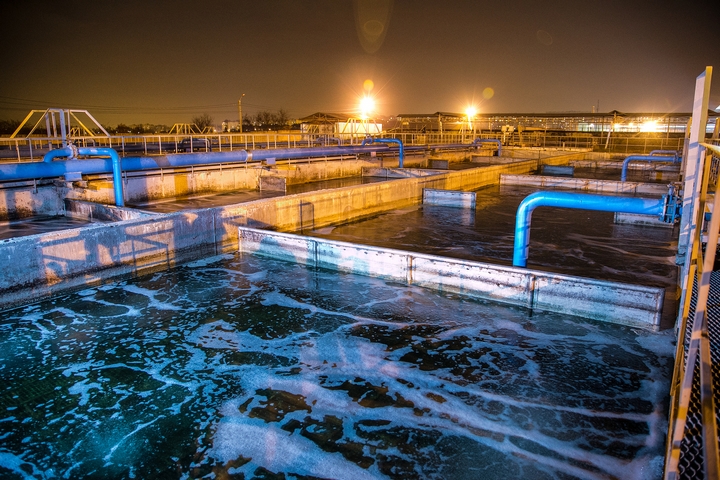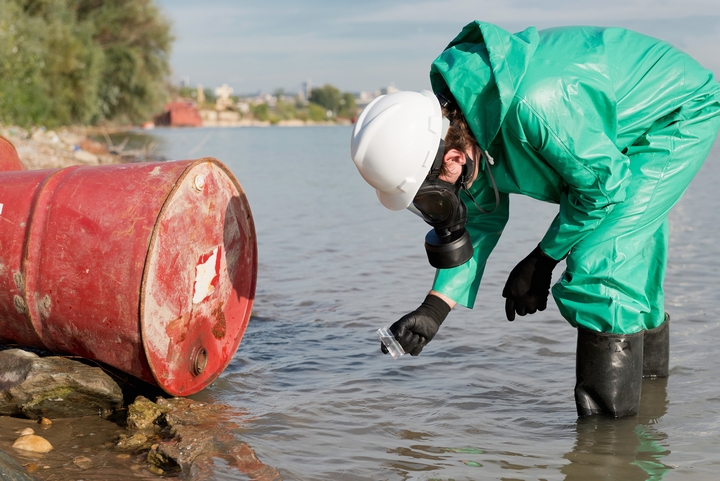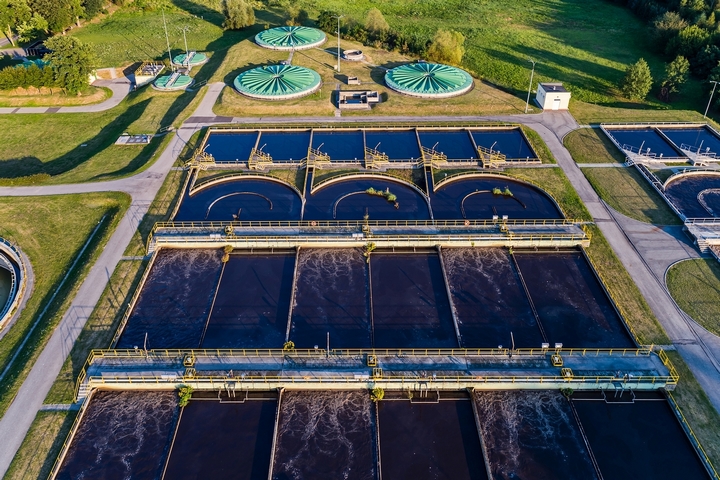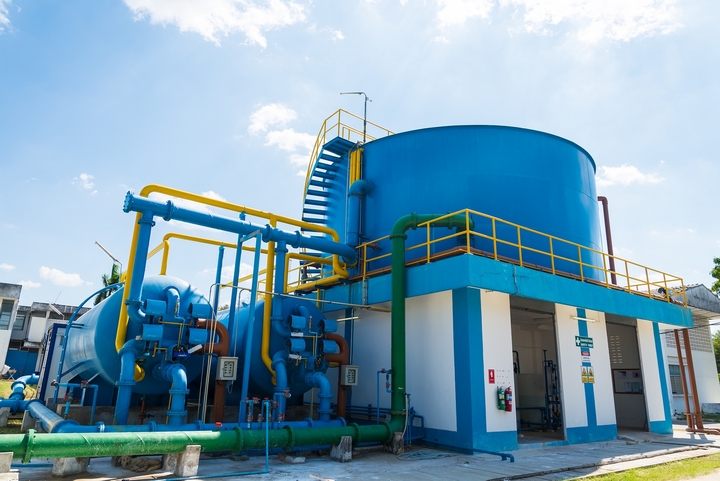
Making sure that liquid waste is disposed of in the correct way is very important to the health of people, animals and plants in the local community. Liquid waste can be very hazardous if it comes into contact with anyone. Depending on where the liquid waste has come from, it may be a deadly cocktail of heavy metals, caustic salts and other nasty things that can harm the environment and the people that live in it. This is, of course, a great source of concern for business leaders, the local population and the government as a whole.
A lot of large companies will use water in such a way that the liquid waste that they produce cannot be recycled or treated so that it is fit for any purpose. The only thing that they must do is to dispose of the liquid waste in a responsible and environmentally conscious manner. This can be done in a cost-effective way that will benefit the business in the short and long term.
When the correct liquid waste management methods are used everyone benefits. The company will not be in danger of class action lawsuits or fines, and the local community will be safe from exposure to harmful chemicals.
There are a number of ways that you can dispose of the liquid waste here are some of the most common methods employed by liquid waste disposal experts.
1. Dewatering and Sedimentation

This method for treating liquid waste can only be used when treating non-hazardous liquids. The process entails the extraction of water from the liquid waste so that what you have left are solid compounds, usually in the form of a powder. This is often extracted from the sediment base when the liquid waste is allowed to settle. The remaining water can then be treated further.
2. Incineration

Commonly used when the liquid waste is hazardous, this method essentially destroys the solid components in the liquid to less dangerous compounds and elements. The water is placed in a carefully controlled furnace until the liquid waste had been fully treated in line with local legislation.
3. Root Zone

The liquid waste that comes from people can be treated very effectively using this method. The water that can be treated using the root zone technique is usually from baths and sinks that people have used.
There are several steps to this process, and even though it is the most complicated it also has the greatest reward in that the water can often be fully recycled and reintroduced into the environment safely.
4. Composting

Organic liquid waste can be potentially used as fertilizer. This method takes any solid sediments to use as organic fertilizer. This is very important to the health of the soil as it will contain many nutrients essential for the growth of crops.
It is worth mentioning that failure to dispose of liquid waste in a lawful manner may result in fines from the government and lead to a damaged reputation as a business. By implementing a few small changes to the operation of your liquid waste management process you will be able to protect your company from running into trouble with regard to environmental legislation.
By getting in touch with a liquid waste management company, you may even be able to improve your process so that it is not just more environmentally conscious, but also provide great cost savings over time. The team of highly trained liquid waste disposal experts will be able to advise you on exactly what your business needs are and how a tailored solution can be created just for you.


